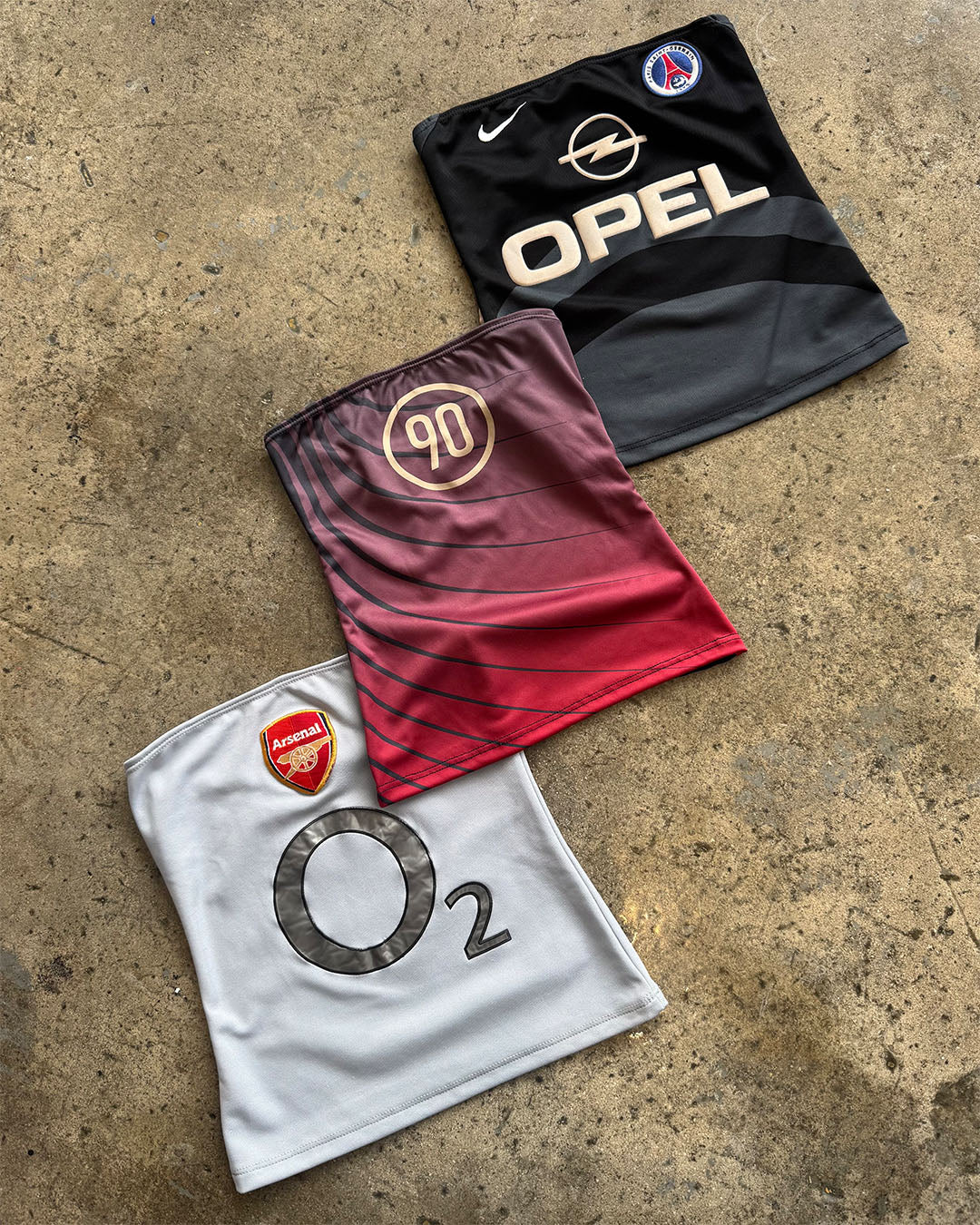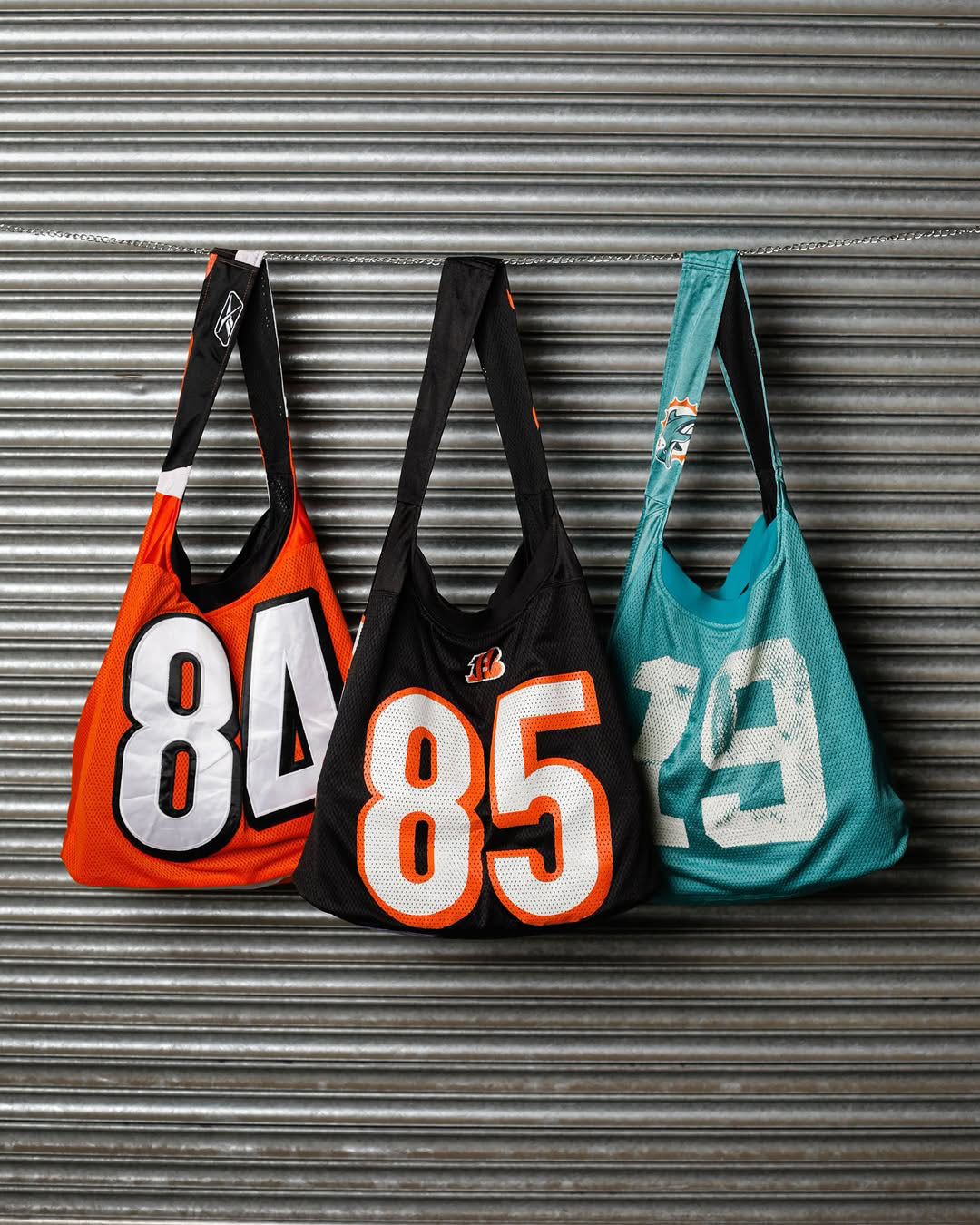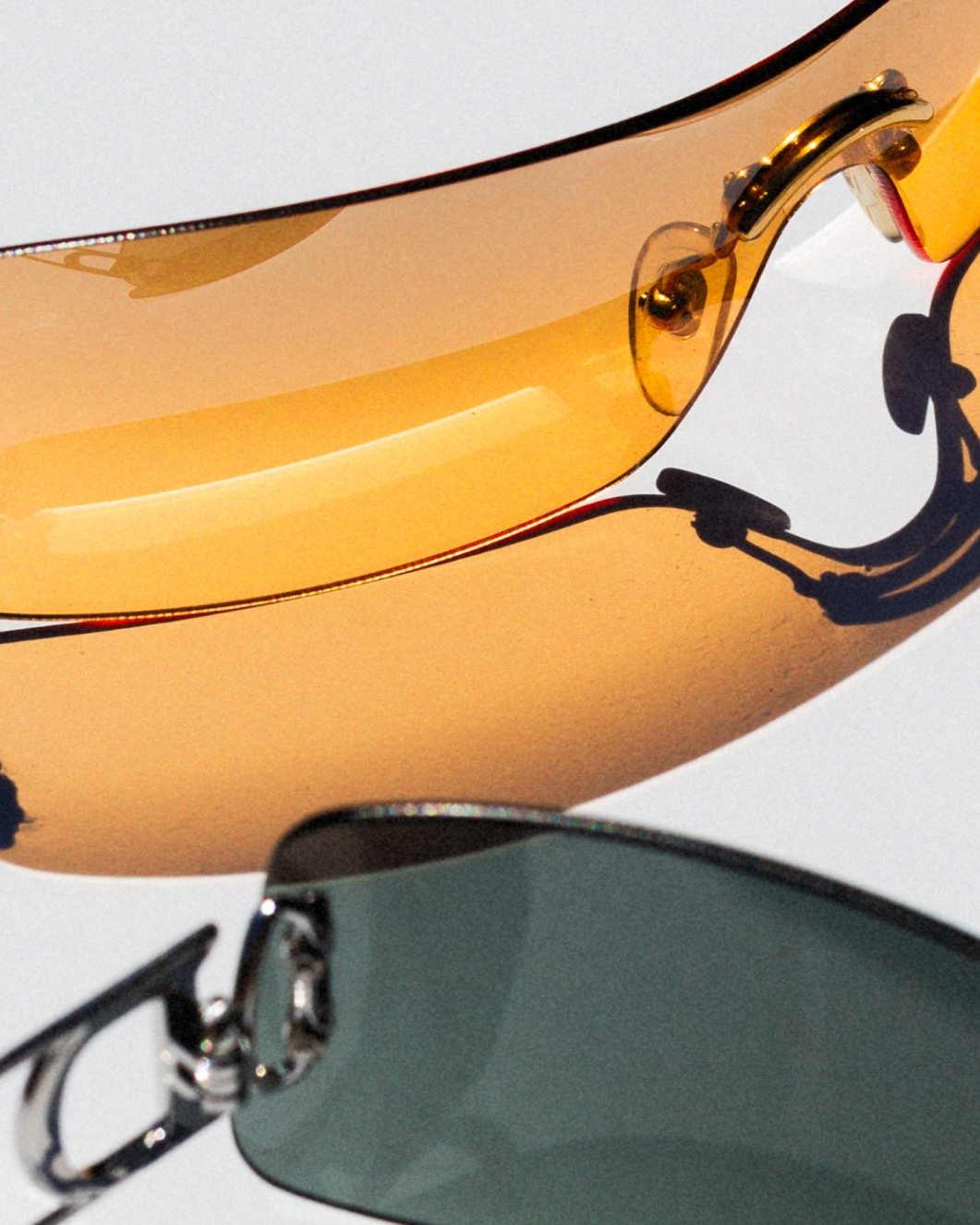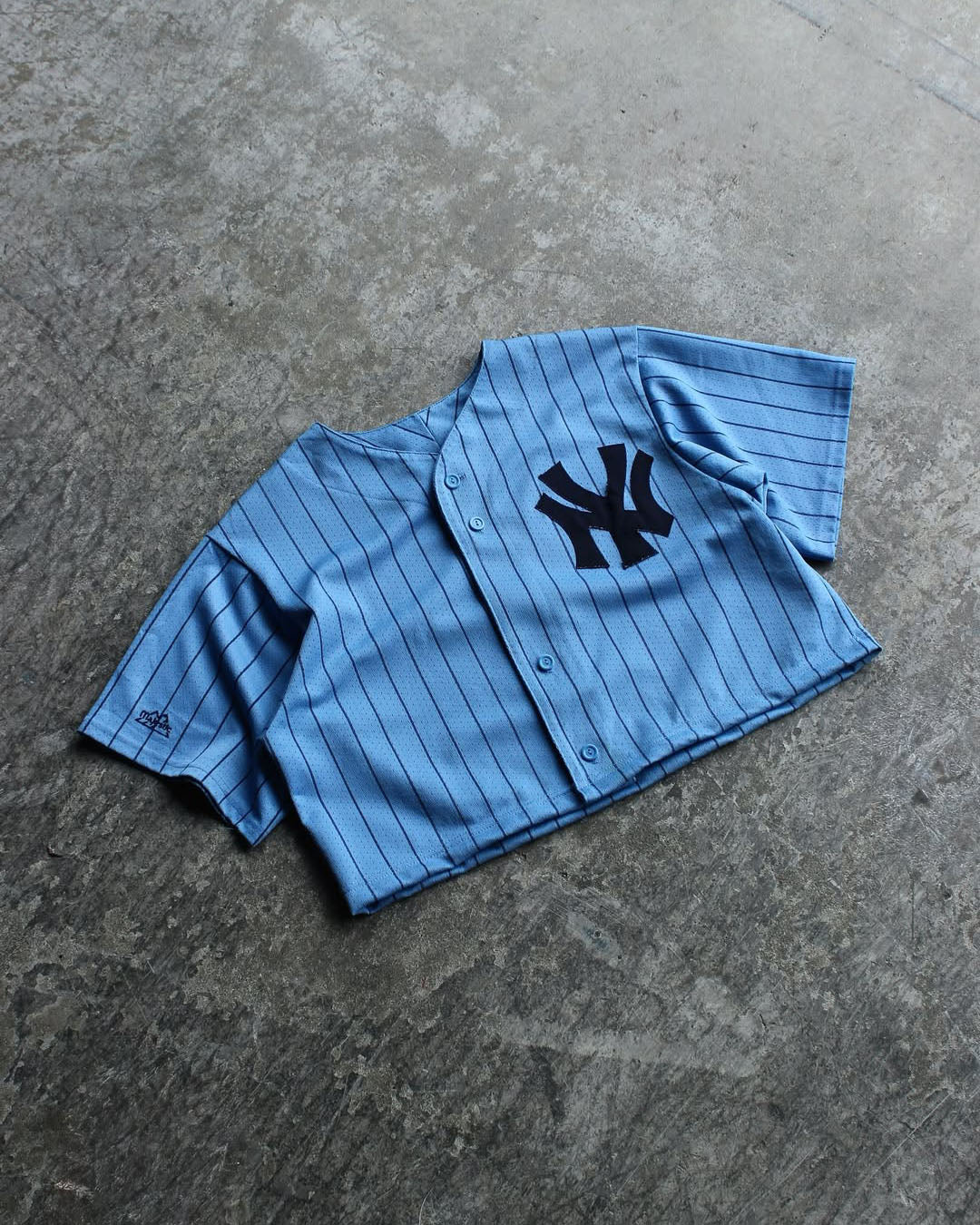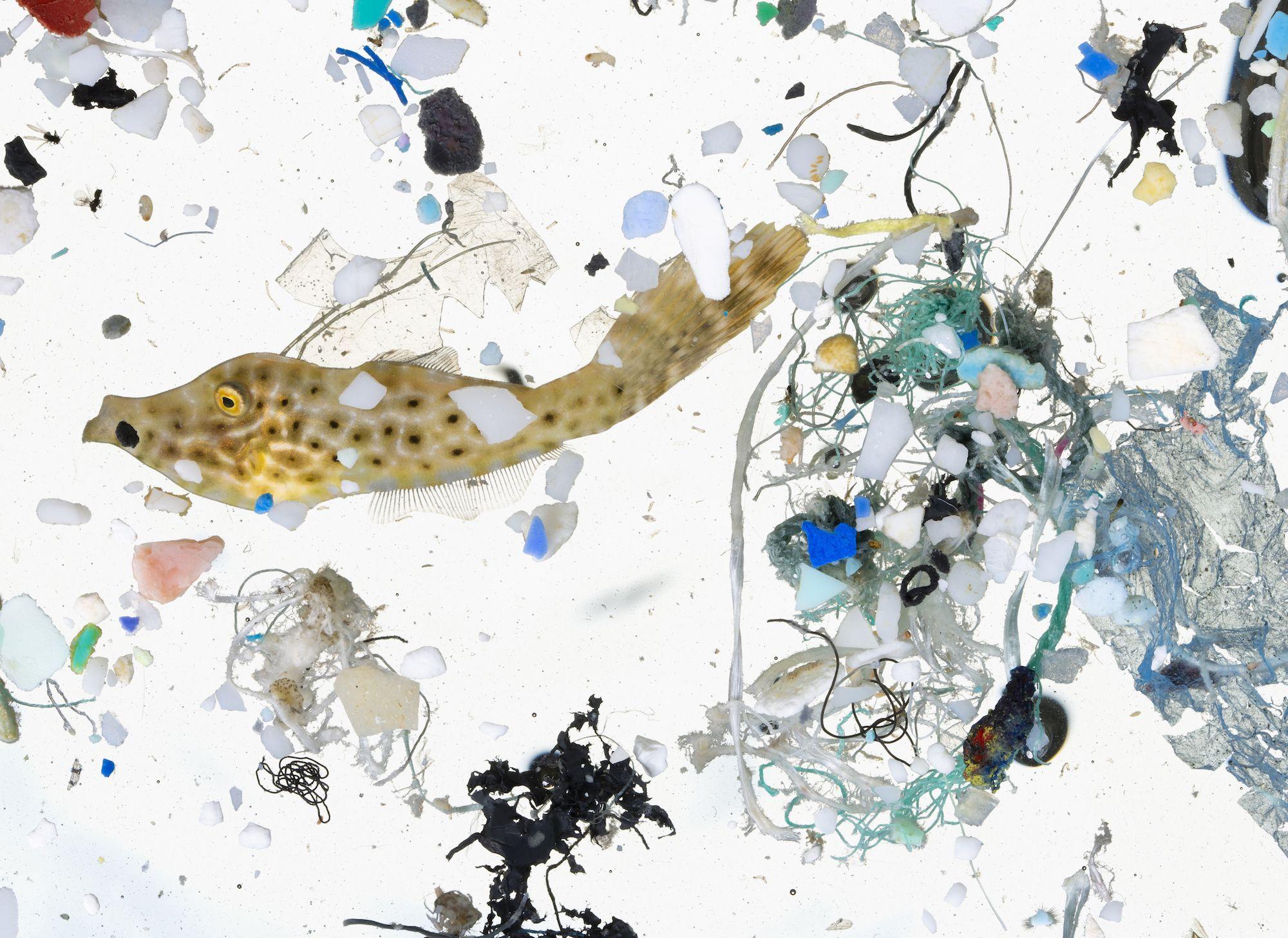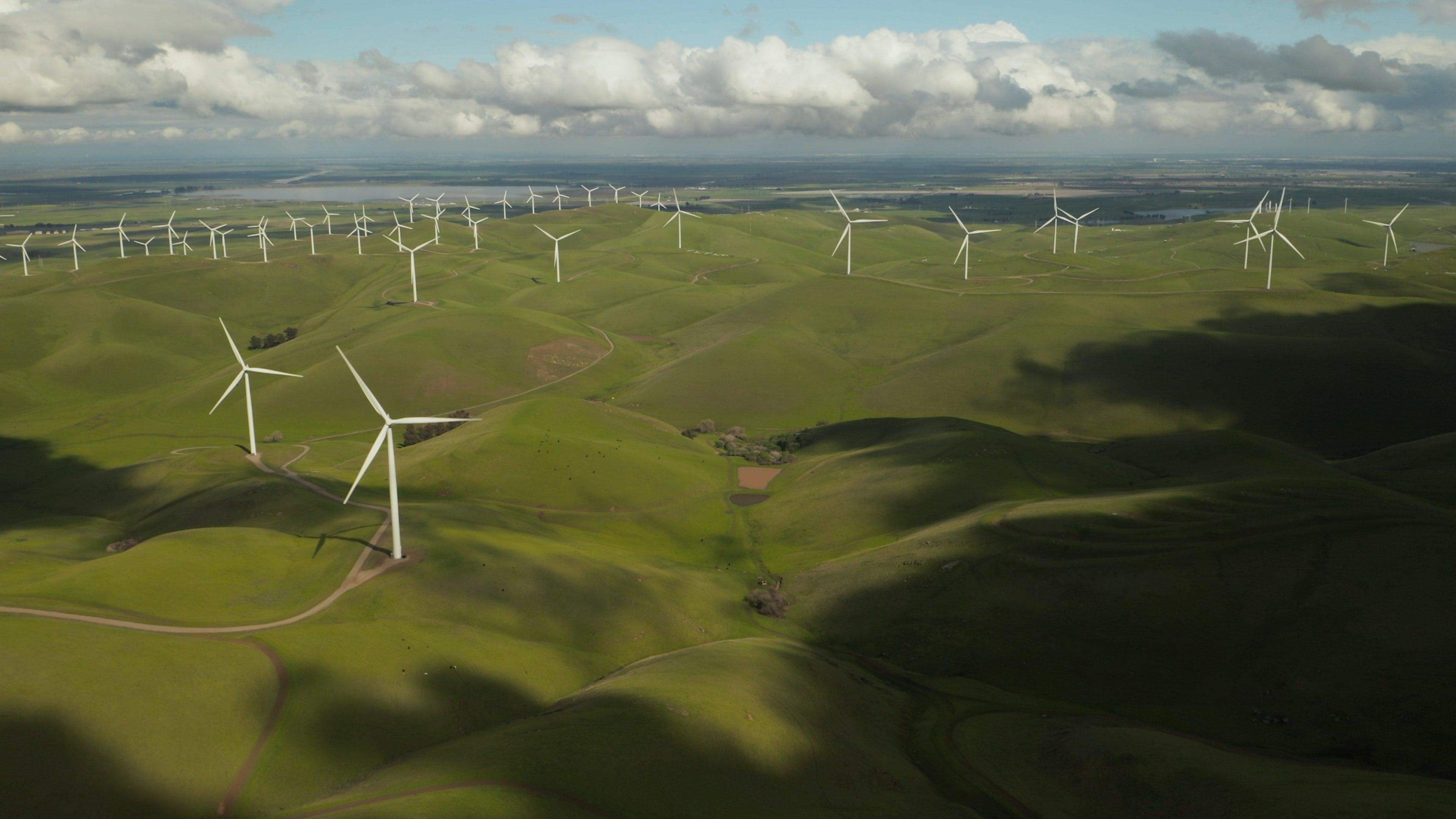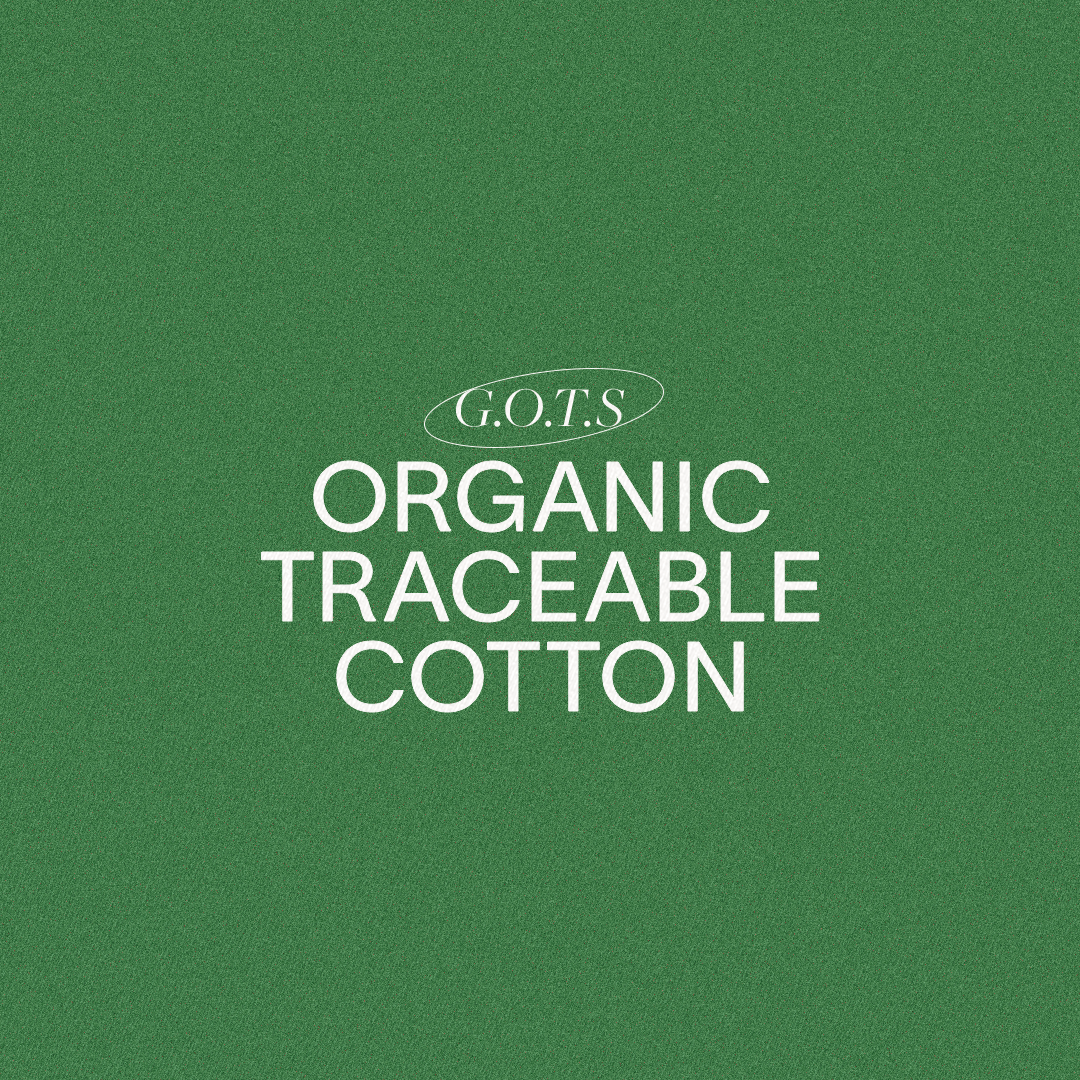In the last 250 years, our lives have become dependent on a lot of industrial activities and practices. Many of which have artificially raised the concentration of greenhouse gasses in the atmosphere, and introduced pollutants into many of our natural systems. By burning fossil fuels like coal and oil, we’ve increased the concentration of carbon dioxide in the atmosphere, and by removing natural environments like forests which absorb that carbon, we’re lacking the balance needed to maintain earth’s wellbeing. This imbalance is resulting in climate change, which causes a number of issues from extreme temperatures to new patterns of pests and diseases to the warming of our oceans.
Oceans cover over 70% of our planet's surface and hold 97% of earth’s water, so you can imagine how important these ecosystems are to the health of our planet and its inhabitants. They also absorb 90% of the heat trapped by greenhouse gases, including CO2. This process results in a chemical reaction that creates carbonic acid, changing the chemistry over time and resulting in the acidification of the ocean itself. These changes are already negatively impacting so much of life in the oceans, like some fish whose ability to detect predators decreases in more acidic waters. With half a billion people worldwide depending on seafood as their main source of protein, the health of our oceans puts the world's food supply at risk.
There’s another issue caused by human activity and practices that’s affecting our oceans–the widespread presence of plastics.
It’s estimated that every minute, the volume of one garbage truck of plastics is dumped into the ocean, resulting in 8 million tonnes of plastic entering the world’s oceans annually. Plastics have been found in the deepest depths and crevices of the ocean and on the oceans floor itself. When these plastics start to break down you get what are known as microplastics, which are defined as any particle less than the size of a sesame seed.
Whether it’s packaging, discarded fishing nets, or your favourite fleece sweater, microplastics shed from almost anything that’s made of synthetic materials (i.e. plastics). A lot of them come from the clothing we wear, such as polyester, fleece, and spandex. Everytime we wash or wear something synthetic, they release microplastics into the world around you. Fleece jackets shed 2000 pieces of microplastics with every wash cycle, so imagine how many pieces are shed in that garment's lifetime.
Since they’re so small they can end up pretty much everywhere, from our air to our water, from animals, and eventually to our food. In the case of seafood, microplastics are often consumed by zooplankton who mistake them for food, making their way up the food chain from there, eventually ending up on our plates.
An ocean crisis needs to be combatted through large scale system changes. We need policies that reduce greenhouse gas emissions in industrial practices, we need regulations on commercial fishing, and we need drastic ocean conservation efforts. But as always, there’s changes we can make in our own lives to limit our individual impacts.
Limit your waste. Waste sometimes feels like an unavoidable part of life in our current world, but there are things you can do to limit the impact of the amount that you do create.You can refer back to our sustainability guide here to get started.
Decrease your consumption of fish. There’s flaws in our food systems. Commercial farming and agriculture aren’t sustainable or good for the planet’s wellbeing. While removing fish from your diet might not be possible for everyone, you can limit your consumption of it. And when you do eat seafood, it’s better to consume things like mussels and oysters which have lower environmental impacts.
Circular is best. Circular economies are ones that involve sharing, reusing, repairing and recycling materials and products in order to extend the life cycles of materials. They work toward designing waste out of the system, or at the very least minimizing it. Buy with this in mind! Is the product made of pre-used materials? Does the company have their own recycling initiative? Is it important enough to me that I’ll repair it if it gets damaged?
Work with what you’ve got. Sometimes plastics are unavoidable. So when you can’t avoid them, care for them properly.
Work With Us
Use this text to share information about your brand with your customers. Describe a product, share announcements, or welcome customers to your store.

